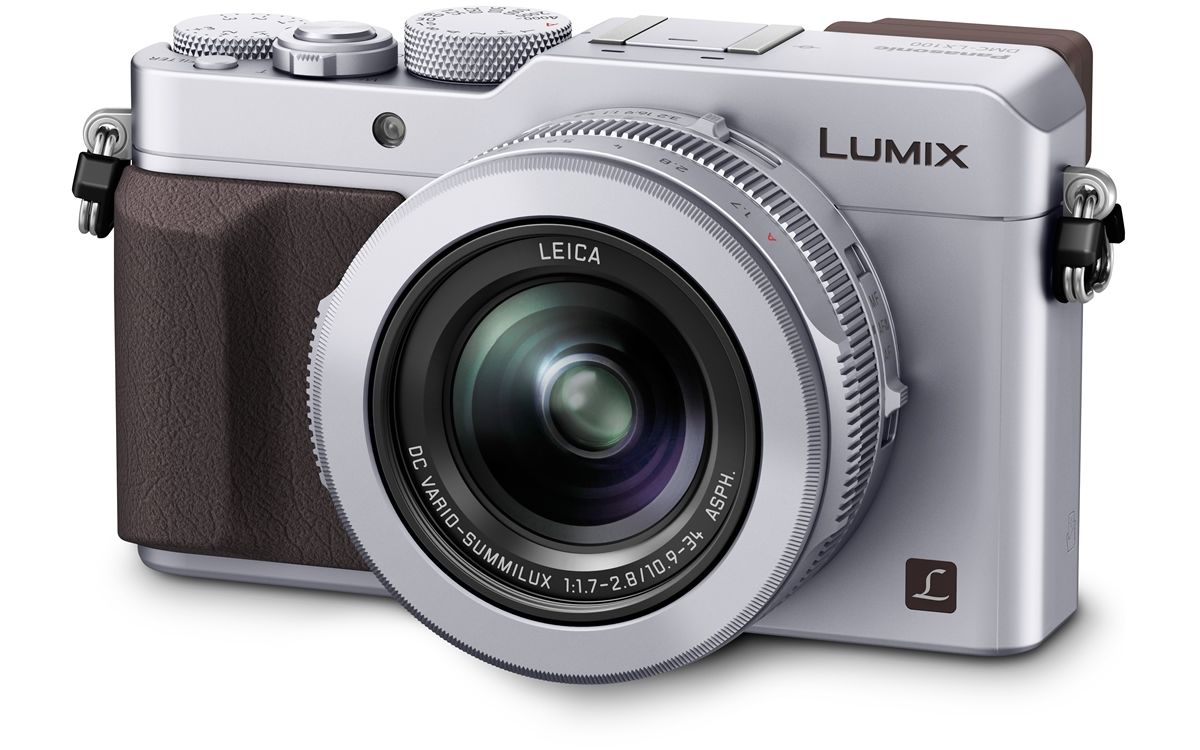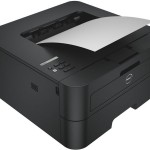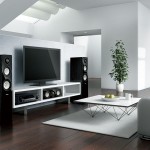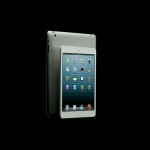
Oumaymae7 years ago. 6 minutes read
Your Ultimate guide to buying a Digital Camera
Cameras had given the possibility to anyone to take in memory stunning digital pictures that reflects amazing events in a given day and with no given skills. This digital camera buying guide will introduce you to the world of digital photography and lead you to the right path in order to buy your dream camera to produce great digital pictures:
Buying a Digital Camera:
Resolution
- The resolution is the first criteria to identify a digital camera, and then on how many pixels each digital photo file contains. To the unprofessionals in the photography domain, A pixel (short for picture element) is an individual point of color comprising digital photos. A one-million pixel image is known as a megapixel (1 MP) photo.
- Relation of resolution with pixel print: In order to print larger pictures with an image as sharp as it could be, Higher resolution is not always the best choice furthermore it does not translate to more detail. Magazine-quality photos print 300 pixels per inch, for instance.
- Film like prints: 7MP camera files, as said by professional photographers, printed on a laser printer look surprisingly from film
Memory
- Images are space hogs. So unless you regularly curate the image gallery on your camera, you could find yourself out of storage space at a picture-perfect moment. A dedicated camera holds thousands of photos on inexpensive memory cards that don’t compete for space with apps and music. A digital camera has two memory storage, internal memory and Memory card SD and SDHC which can go up to 32Gb.You can also connect your camera to your laptop or your computer with the USB cable bought with the set or just slide the card into a card reader to transfer all your photos to your computer hard drive in order to preserve them and forever remain intact. Depending on the pictures resolution you can store more and more to your internal memory or memory card of your digital camera. More pixels take up more memory. You can usually set your camera to take photos at a lower resolution to save space.
Point-and-shoot cameras
- These smaller digital cameras are made to take simple snapshots and lower resolution photos than the DSLR cameras, which are for more complex photography. Point-and-shoot digital cameras are your greatest pick if you are new to photography or a casual photographer, because exposure, focus and other settings are either preset or automatic, which only makes the job easier for you with better results.
Batteries
- Owners enjoy much longer battery life, which is quite helpful as you fire off bursts of 10 shots at a clip. Battery life is measured by the CIPA standard, and a decent DSLR has a rating of 500 shots… point-and-shoots boast half that. There’s no mystery here, as manufacturers fit much larger batteries in the grip for more juice. So click away, folks – a DSLR keeps on snapping.
Charged coupled device (CCD)
- The role CCD is producing more detailed and sharper digital picture, which is the camera sensor that catches light and translate it into pixels of the digital photos you get at the end of the imaging process.
Shutter speed
- The shutter in front of the digital camera sensor snaps open and close when you take a photo. The longer the shutter is open, the more light reaches the sensor.
Continuous shooting
- There are BB guns, and then there are machine guns. Press the shutter of a DSLR in burst (or continuous) mode, and the camera will start clicking away like an automatic weapon. This rapid-fire image capture capability highlights a startling difference between 1 frame-per-second point-and-shoot digital cameras and DSLR models, which are at least three times faster. Since the latter has more processing power, DSLRs can also take more than a handful of shots before slowing down. In fact, most DSLRs keep going until you fill your memory card. This almost instant response lets you capture the fastest action—especially kids on the run. We recommend parents should purchase DSLRs for this reason alone. As anyone who’s ever tried to snap shots of a moving object or sporting event can attest, you’ll appreciate this lightning-fast response time.
Optical and digital zoom
- Cameras have optical zoom whereas as smart-phone cameras offer digital zoom. Optical zoom produces close-ups and longer-range shots without compromising image quality, using true zoom lenses. Digital zoom merely enlarges the image and crops out the edges, resulting in reduced image resolution.
Flash
- A smart-phone flash’s performance is not as good as that of a compact digital, you would definitely notice that when you take a picture in a dim light. Some digital cameras let you adjust the flash output, letting you increase or decrease the strobe’s strength.
Image stabilization (IS)
- Without the tripods you may need a masterized steady hand to prevent any blurry digital pictures. But not anymore, with the optical and electronic image stabilization systems it will help your digital camera to correct any blur motion in your photos.
View finder
- With the LCD display screen that is in most digital cameras, and in addition to the optical display windows, gives to the camera a new breathtaking picture experience.
View Screens
- LCD displays helps you to review all the mistakes you do when you’re shooting to make sure that all your pictures are in focus blurry or well-centered/ You may also switch it off in order to conserve more battery power.
Digital single-lens reflex (DSLR)
- Digital single lens reflex (DSLR) cameras are the serious photographer’s tool of choice. These units are also a world apart from point-and-shoot digicams, offering far superior performance
Automatic and manual shooting
- Adding to the basic point-&-shoot digital camera, the expensive kind of the digital camera has preset modes which flash speed and aperture are quick and it is called the ISO. Numerous affordable cameras have two types of landscapes, auto and manual. For skilled photographers manual will provide more control on focus and exposure.
Video
- Recent Camera models have a feature which lets you capture video as well. Normally a digital camera captures video at a low resolution than the photos and it takes more space than photos may take as it high resolution so it is best to be equipped with a bigger memory cards.
Digital camera care
- A camera bag is considered the the best way to prevent your camera from every accident you may get as in water, scratches, or a sudden drop. You can also store digital camera accessories and extra lenses in a bag with compartments. Always put the lens cap on your lenses in order to protect them from dust or even scratches. However, If you need to clean dust from your digital camera, blow off the lenses and other openings with canned air but careful not to scratch the lenses for you can mess up the photos capturing experience.























